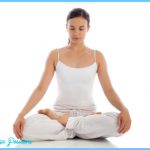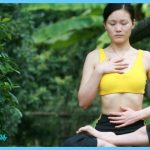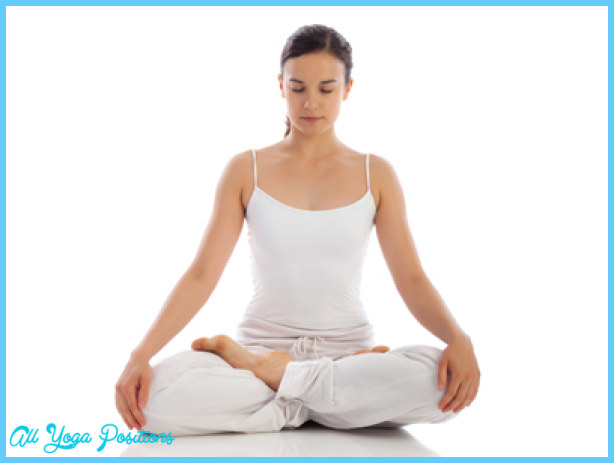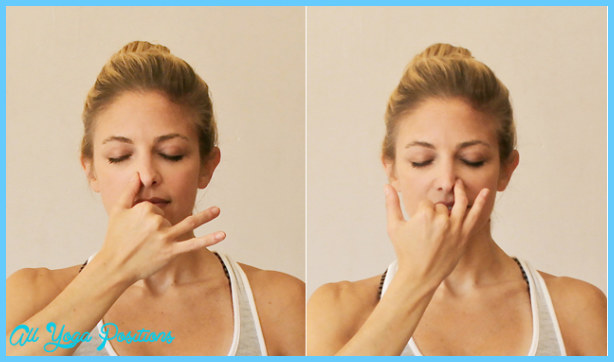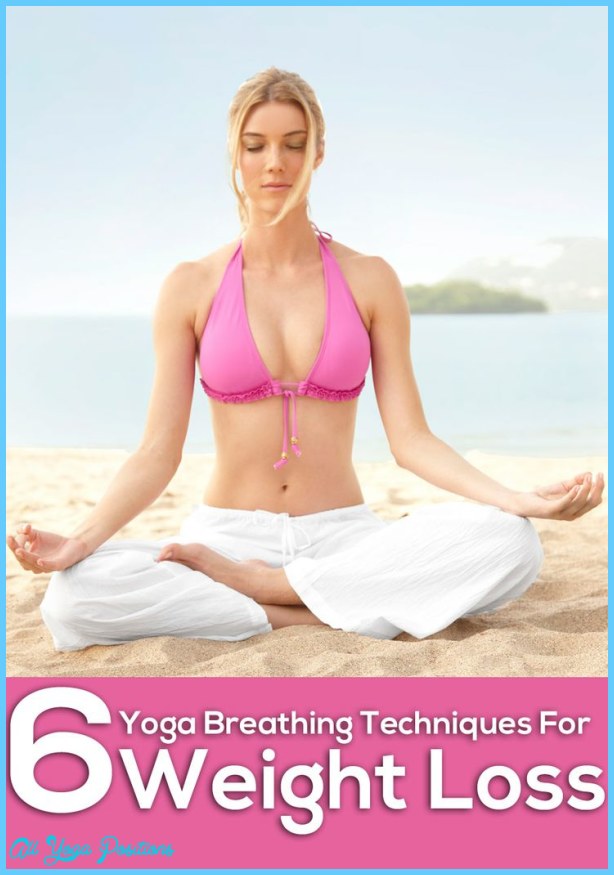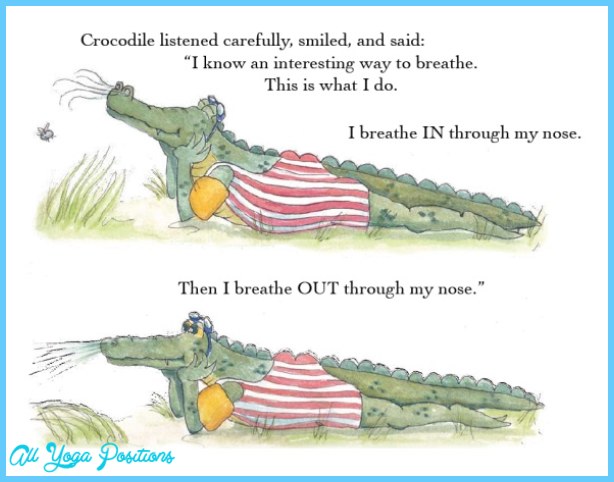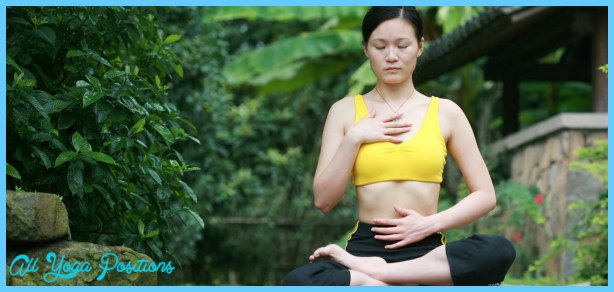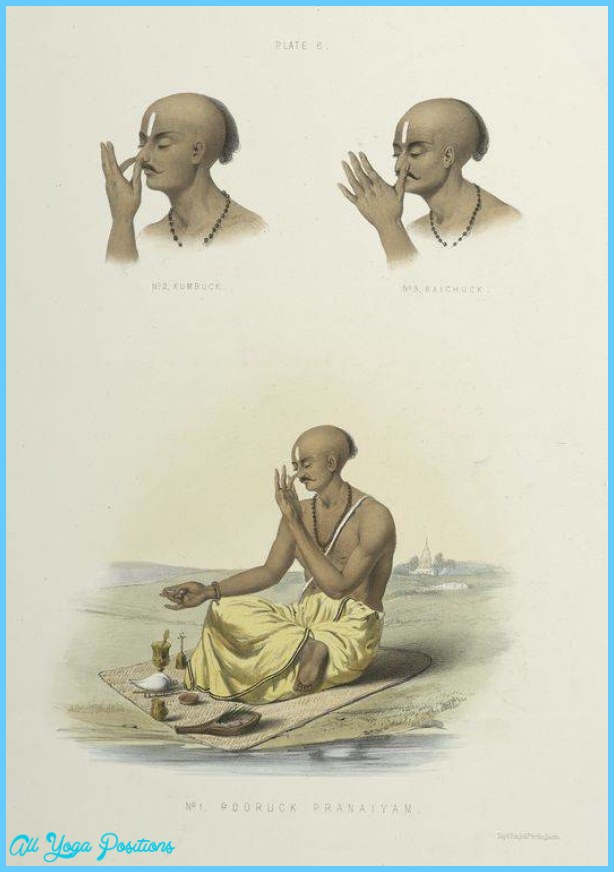Yoga Breathing Techniques
Yoga uses a variety of breathing or pranayama techniques to help facilitate different outcomes. Ujjayi breathing, which we discussed earlier Pose, is one of the most common types of yogic breathing. Most often used during asana, it allows us to create a steady, even rhythmic breath, and to link our breath and movement. In this practice, every inhale is a movement that expands the chest, such as inhaling the arms up, and every exhale promotes a contraction, such as exhaling a forward bend. The inhale accompanies a movement (such as reaching the arms up), and the exhale accompanies another movement (such as moving into a forward bend). There are also slight pauses between breaths to help us experience stillness.
Long, deep breathing is used to calm the mind during meditation or anytime you’re in a stressful situation. This breath focuses on expanding and contracting the belly to engage the diaphragm and create a slow, even breath with a slightly longer exhale. This allows for space to calm the nerves, quiet the mind, and let go.
When you’re feeling sluggish, a bellows breath can be just what you need. This exercise pumps breath from the belly rapidly and simulates the effects of aerobic exercise, including increased metabolism, increased heart rate, and the release of serotonin to the brain.
Alternate nose breathing, where you use your thumb and pointer finger to alternately cover each nostril, is thought to align the left, and right hemispheres of the brain and balance our emotional state. All of these techniques can help you breathe better to live better.
Yoga Breathing Techniques Photo Gallery
Maybe You Like Them Too
- Tranquil Touchpoints Yoga for Inner ConnectionA gentle yoga practice to help you find peace and balance in your mind, body, and spirit.
- Yoga for Rehabilitation A Holistic Approach to Healing the Body
- Yoga for PTSD Recovery A Mindful Way to Heal
- Tittibhasana Yoga Pose A Guide to This Inverted Arm Balance
- Yoga for PTSD in Veterans A Safe Space for Healing


